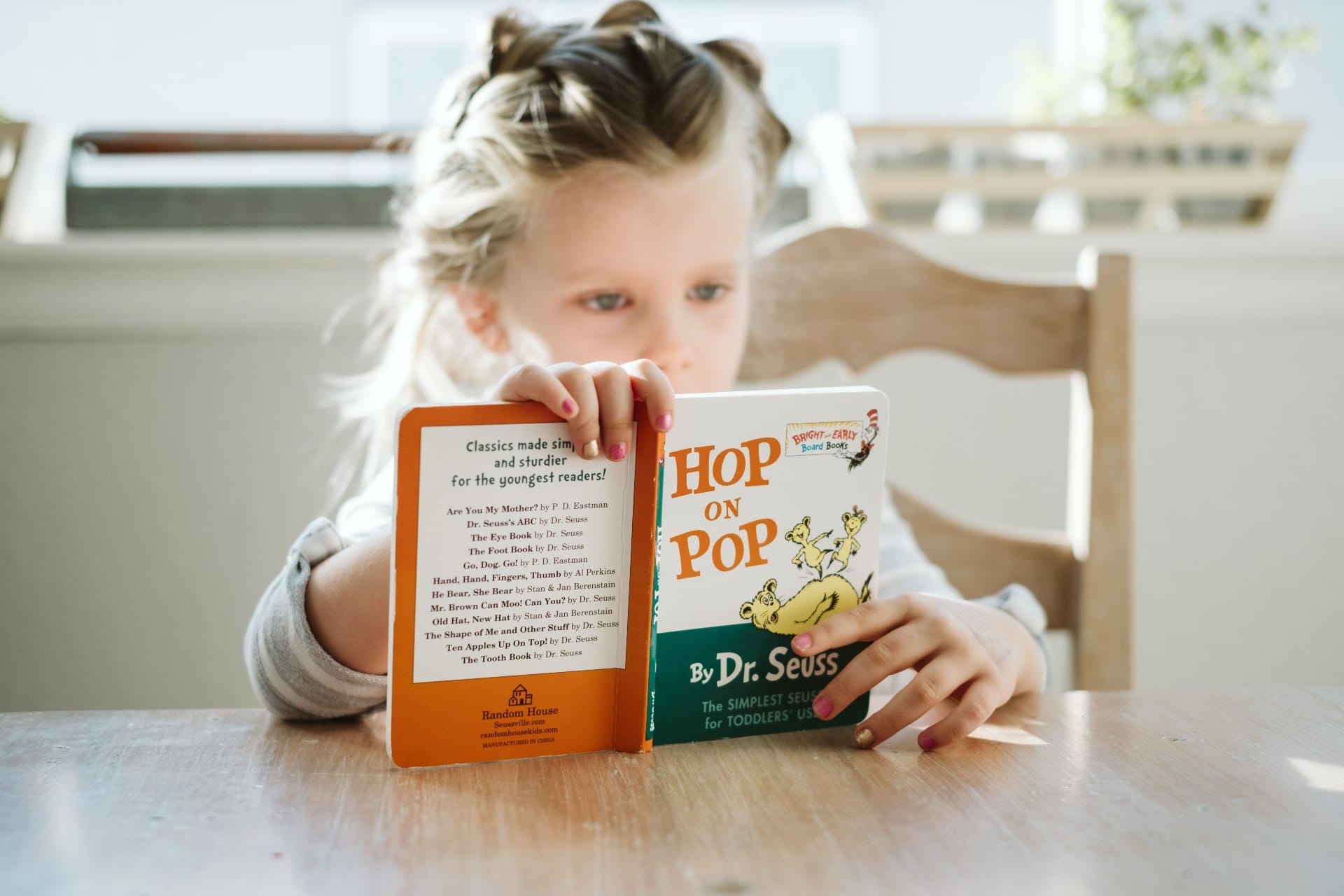How rhyming can help with vocabulary
We have another amazing resource from Scholastic to inspire you for World Nursery Rhyme Week! Rhyming can help children develop a range of skills. Read our blog to discover how rhyming can help with vocabulary as well as the perfect activity to develop your class’s vocabulary below!
Rhymes allow children to understand language more.
Children can learn how to improve their own vocabulary by hearing the differences in words. Rhyming is particularly useful to help children identify different word families such as: let, wet, get, bet etc. These can be difficult to understand as they all sound the same but with very different meanings. Rhymes can assist your class with knowing the difference of these similar sounding words.
As rhymes are usually short, children can understand them easier. They will be able to know what the rhyme means due to the memorable rhythm and easy language. This skill can be transferred to longer and more complicated texts by using rhyme. If a rhyme relates to a story, kids can then start to understand the story more. This is due to rhymes having a basic plot line which pupils can recognise within a story. Children will also be able to understand plot better so even if the rhyme isn’t related to a story, they will be able to grasp what is happening.

Having your class reading rhymes out loud will teach them how to pronounce words, know the difference between words and even understand tone of voice. They can then improve on reading stories out loud (even ones that don’t rhyme). This is because the rhythm and words used within rhymes let children play around with language and get a better understanding of words.
Below is a fun activity you can do with the class.
Match the rhyme to the story and see your class understand order of plot and larger chunks of texts. All because of rhyme!
Why not get the whole class involved by getting them to read the rhyme and the story out loud? It will teach them how to understand larger texts and words as well as developing their vocabulary!
How is this resource useful to my class?
This activity will allow your class to explore a larger text and get a sense of what it is about. The rhyme breaks the story down into chunks so they can identify what part of the story goes where, as the rhyme is simplified. Over time, this can help children with stories and other large text.
It can also improve their pronunciation as the activity teaches children the sound of language. Knowing the different sounds of words helps kids to form words correctly, especially when read out loud. From this, children will gain the knowledge that phonemes make up the smallest units of sounds which builds words, bringing a phonemic awareness into their learning.
Plus, they will learn about patterns and structures of both spoken and written words. This is a key element to improve their vocabulary. Patterns and structures can be very different in spoken word compared to written. Kids can start to see the differences of these through this activity which will then help them with their vocabulary and writing!
After this, children can then get to grips with rhythm of language and how that differs from a shorter text to a longer one. Rhythm of language allows kids to recognise different tones of voice which they can implement when reading out loud.

Other aspects this resource helps with are: learning new sounds to words leading to a wider vocabulary, preparing your class to make predictions through the use of words, and teaching de-coding skills as they have to figure out what each word means, how to say it, and what the words mean once put together.
We have paired with Scholastic for an exciting opportunity to win a years’ membership to their resource bank!
Enter here for your chance to win!
Good Luck!